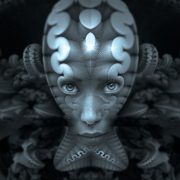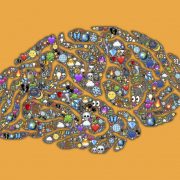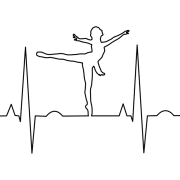The brain as a 3 story house
Is it possible to schematize the brain of children to better understand how they manage emotions? That’s what Daniel Siegel, a neuroscientist, tried to do!
He perceives the brain as a 3-storey house.
The first floor is said to correspond to the brain of reflexes. By the way, we can say that it is the brain of survival. In this sense, it is concerned with blood pressure, heartbeat and breathing, among others. This so-called reptilian brain is the primitive brain. It’s the brainstem.
The second floor is that of emotions. This is where we find the amygdala. The role of the amygdala is to perceive the environment in search of danger. The amygdala responds to fear. When it perceives a danger, it provokes a stress response such as attack, flight or paralysis.
The third floor relates to the brain of reason. It’s the advanced brain that allows us to think and make decisions. This is the brain of so-called executive functions.
To be effective, one must have access to the “superior” brain. Only, there is stress that blocks access to this area that allows thoughtful and planned execution.
As the brain has wired on the basis of movement, it seems like it’s a good idea to ask a child who is affected by stress to focus on breathing or moving.
It must also be said that, since the child has not acquired his motor patterns, it can be more difficult to perform well, namely that it is the acquisition of these basic movements that allows activate the reptilian brain, which ultimately leads to the activation of the so-called evolved brain.
https://apprendreaeduquer.fr/etages-cerveau-enfants/?fbclid=IwAR0M8fNZSjhZfNwf6R67Q4svIfJKg65YdMYd_c57F5UiunNXh4SRXFxK5ps










Leave a Reply